Respect is key as Scottish Water bridges gap between past and present
A £1.3 million renovation of the A-listed Mauldslie Bridge in South Lanarkshire is well under way with great care and consideration being given to the historical significance of the landmark and the local wildlife.
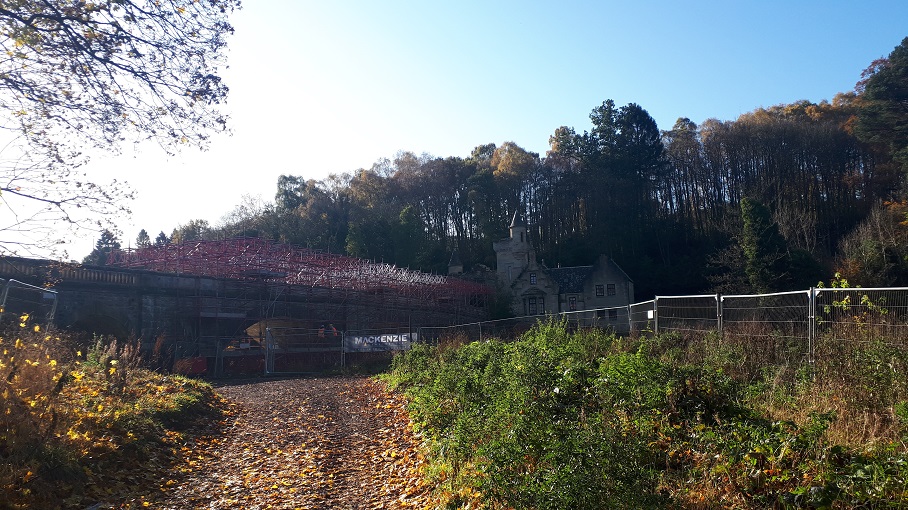
The bridge crosses the River Clyde south of Dalserf and is owned by Scottish Water.
Stuart Sutherland, Scottish Water’s project manager for the site, explained why the work is so important.
He said: “Our tankers cross the bridge multiple times each day, transporting sludge waste from Mauldslie Waste Water Treatment Works in the former grounds of Mauldslie Castle to other sites for processing.
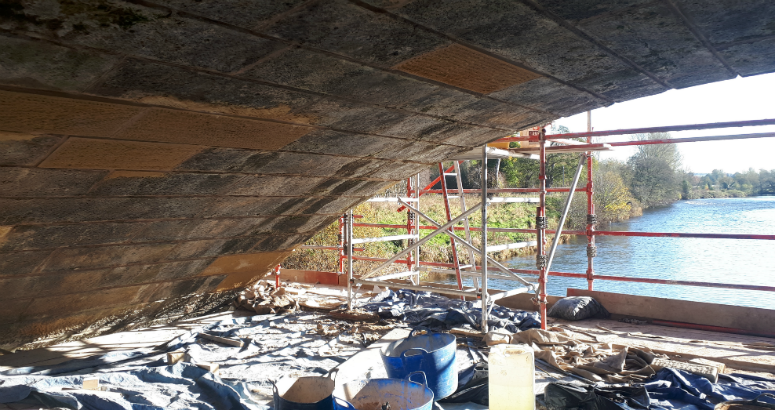
“Given its age, the structural integrity of the bridge has diminished over the last few years and it’s essential that this improvement work to strengthen the bridge is carried out. The stone repairs and replacement of the carriageway will bring the bridge back up to standard and ensure we continue to operate our wastewater asset effectively and efficiently, in turn protecting the environment.
“Not only is this work helping to future proof one of our key assets and the services we provide for our customers, it’s also helping to preserve a much-loved local landmark.”
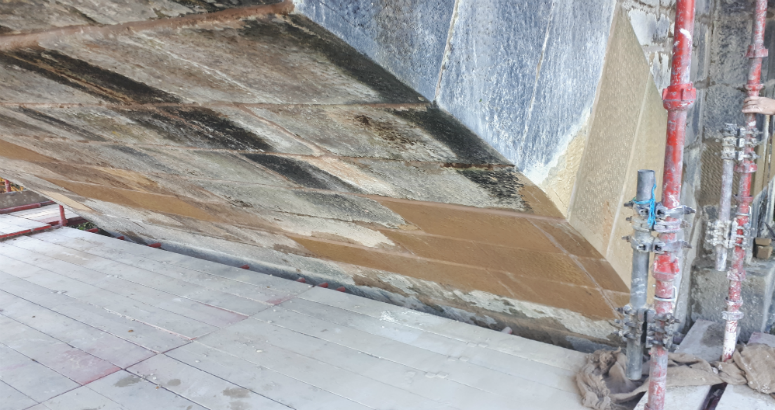
Mauldslie Bridge was built in 1861 to provide access to the now demolished Mauldslie Castle which was visited by royalty and prominent public figures. The castle hosted King George V and Queen Mary in July 1914, some three weeks before the outbreak of the First World War. Sir Winston Churchill’s wife Clementine had family connections to the area – her father was Colonel Sir Henry Hozier, a brother of the first Lord Newlands of Mauldslie Castle - and the Churchills were occasional visitors.
Scottish Water has drafted in a team of up to twelve workers including specialist stonemasons from Mackenzie Construction and Go-Wright Ltd to respectfully restore the bridge to its former glory.
Working on over-hanging scaffolding, the team is replacing all of the bridge’s joints, rough pointing and smooth pointing it with a lime mortar and replacing any original stonework that’s been damaged with new sandstone.
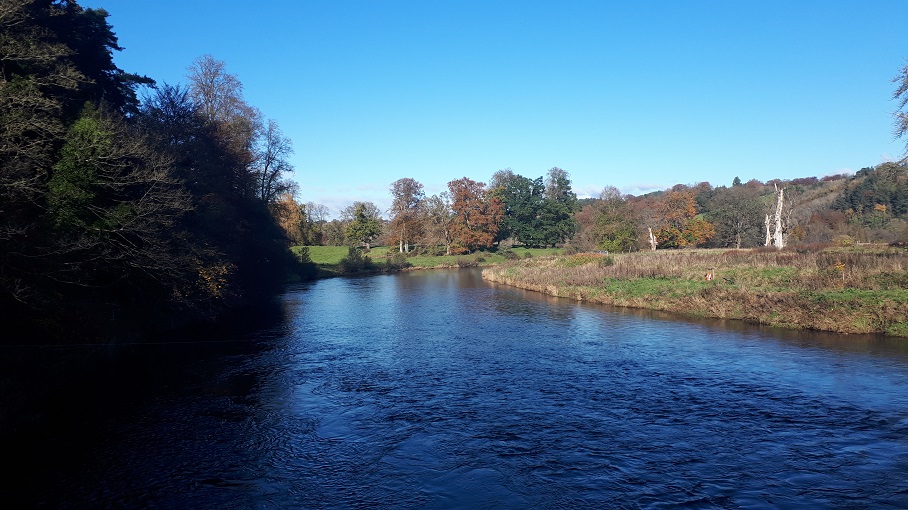
Some of the stones are up to 80 kilos in weight which makes the work on the five span cream sandstone segmental arched bridge particularly challenging.
Speaking about the work, Paul Dunne, a site manager with Mackenzie Construction, said: “We genuinely feel privileged to be working in these beautiful surroundings – the place just oozes history! We’re doing all we can to restore it to how it was once upon a time, how it would have been when Winston Churchill visited all those years ago.
“We did tests to determine which type of stone was used on the original bridge construction. The new sandstone we’re putting in is close to an exact match and will weather over time to look the same.
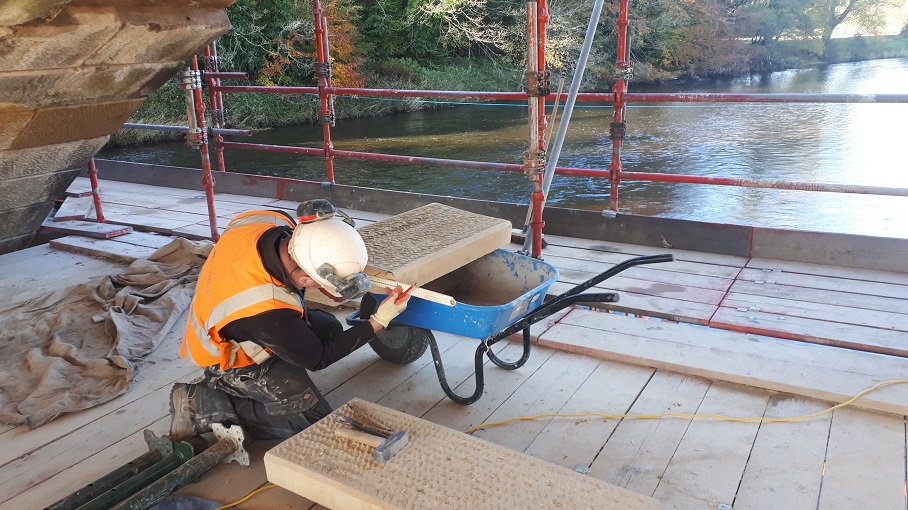
“With so many things done nowadays using mechanical tools, it’s great to see the stonemasons going back to basics and replicating methods used years ago – they’re doing all of the stone dressing by hand.”
But for the team it’s not just about repairing the bridge.
Speaking about the protection measures put in place to help mitigate any impact this work might have on the local wildlife, Christopher McPake, a senior ecologist with m2 (Water) LLP, a joint venture between Mott MacDonald and Stantec, said: “Even before work began on site, nesting bird sites within the bridge were protected to allow the young birds to fledge.
“Bat surveys were also carried out and two species of bat were found to be roosting within the bridge - soprano pipistrelle and Daubenton’s. Advance works included the exclusion of those bats from the bridge under ecological supervision so that they weren’t harmed, and roost boxes were installed on trees and the bridge to provide alternative roosting opportunities.
“Scottish Water has also taken an innovative approach to incorporate 14 purpose-built ‘bat bricks’ at various points along the bridge. These bricks will ensure the project has had no detrimental impact on local bat populations, as well as preserving the historical character of this listed bridge.”
And there’s even a modern-day ‘Winston’ on the project – an otter appropriately named so by the project team. Surveys which were undertaken confirmed the presence of an otter couch directly adjacent to the bridge and he’s been spotted out swimming on several occasions.
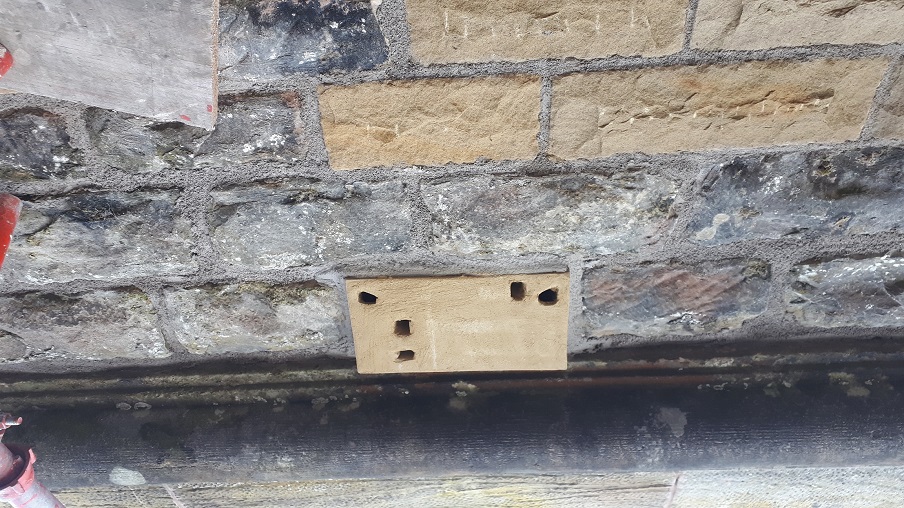
Mauldslie Bridge also provides an access route for residents of the nearby Mauldslie Bridge Estate and is a much-loved gateway to stunning surroundings which are popular with walkers, runners, cyclists and dog-walkers.
Restoration work on the bridge began in July and is anticipated to take around 12 months for completion.





















